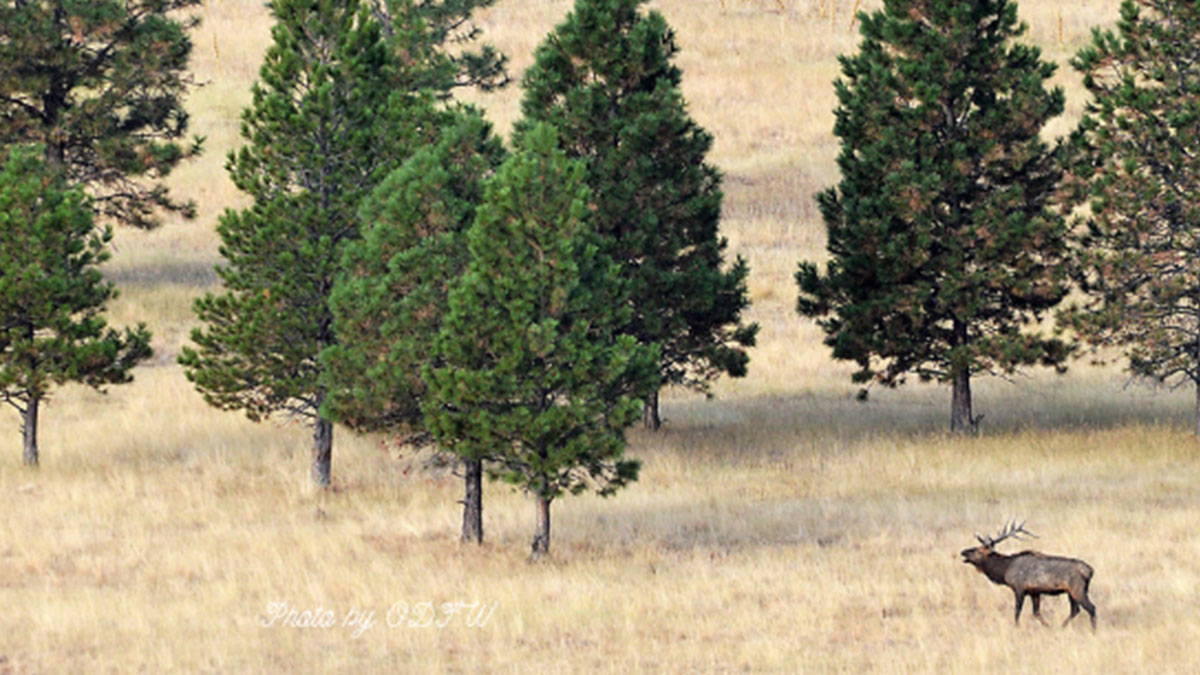Below is a news release from the Oregon Department of Fish and Wildlife.
A new Access and Habitat project, the Weyerhaeuser Access Project, will keep public recreational access open on 92,173 acres of privately-owned commercial timberland along the mid-coast for five years (through July 31, 2025).
The project incorporates the largest contiguous sections of Weyerhaeuser lands in and around the Stott Mtn/N Alsea Travel Management Area (TMA). While some of these acres have been open under other landowners and other TMAs, new with this project, these lands will remain open at higher Industrial Fire Precaution Levels (IFPL). Walk-in access will be allowed at IFPL 3 and motorized access at IFPLs 1 and 2. (Historically, Weyerhaeuser lands could not be accessed until the close of fire season.) Find the current IFPL at ODF’s website, https://gisapps.odf.oregon.gov/firerestrictions/ifpl.html Note there is an exception in the Mill Creek/Sugarloaf area (Polk County) which will be closed to motor vehicles during fire season.
The change will benefit archery hunters who should have access to more hunting areas during their September season, when fire danger can limit access. Other big game and upland bird hunters will also benefit as lands will be open year-round.
For hunters who have been using the Stott Mtn/North Alsea TMA, the Weyerhaeuser Access Program will provide more consistent rules and timing of recreational access with other properties in the TMA. The access area will have roads with travel management (TMA) restrictions in effect year-round to promote quality hunting and maintain wildlife population goals. Posted yellow travel management area (TMA) signed roads are closed to motor vehicles year-round.
No camping, campfires or ATVs are allowed in the Weyerhaeuser Access Project and no public access will be allowed in active harvest, road building or reforestation areas. When lands are open, access is permitted one hour before sunrise to one hour after sunset.
Go here for additional details.
(Photo source: Oregon Department of Fish and Wildlife)
